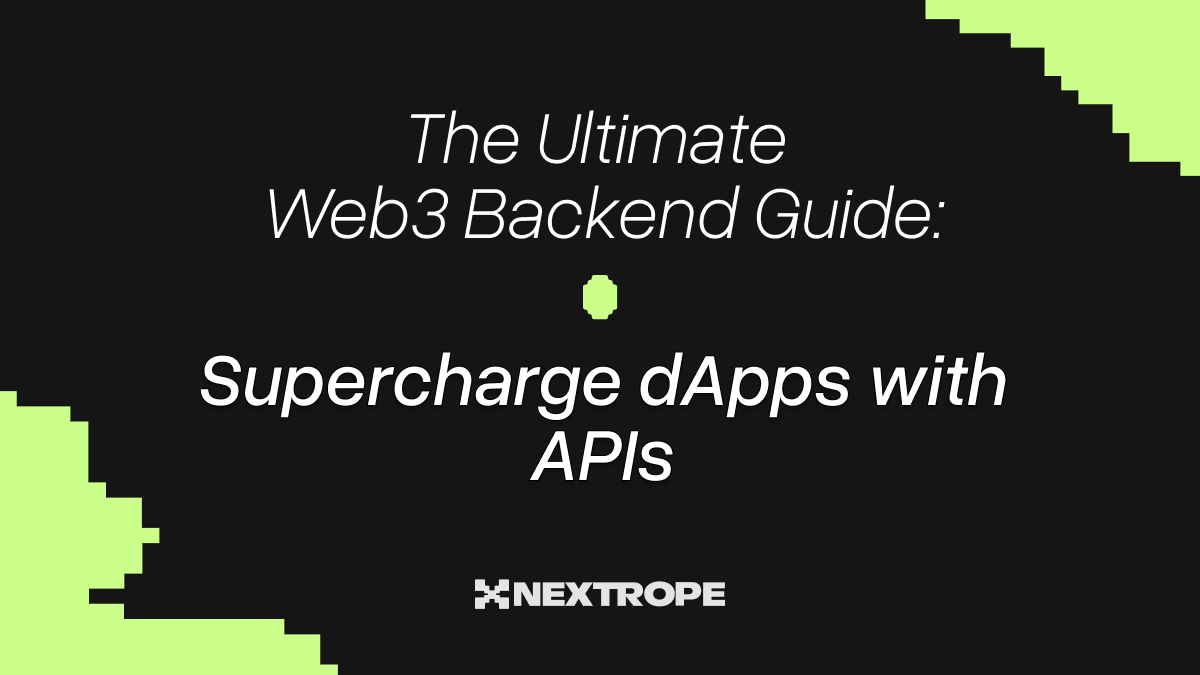Introduction
Modern frontend development is evolving rapidly, and creating UI components with AI tools is helping developers save time while enhancing interface quality. With AI, we can not only speed up the creation of UI components but also improve their quality, optimize styles, and ensure better accessibility.
This article explores how creating UI components with AI is transforming frontend development by saving time and improving workflows. Specifically, we will discuss:
- Generating components from images,
- AI for style analysis and optimization,
- Automatic style conversion and code migration,
- AI in generating UI animations.
Creating UI Components with AI from Images
One of the interesting applications of AI in frontend development is the ability to generate components from an image. AI can recognize the structure of the interface and generate HTML/CSS or JSX code that matches the provided image. One of the most popular tools for UI creation is Lovable.
For testing, let's see how the tool performs in creating a simple contact form from the page you are currently on, which is Nextrope.
Query:
"Recreate the image I've sent you in Next.js using CSS."
Sample image used in the query:

The result received:

Lovable did an excellent job transforming the image into code. The view is fully responsive. It’s important to remember that the more precise the request, the better the AI will replicate the expected view. However, even with a simple command, the tool performed surprisingly well.
Of course, AI has its limitations. It still makes quite a few mistakes. The generated code still requires review and fixes from the developer, but in some cases, the entire process is significantly sped up—correcting the code often takes less time than creating the component from scratch.
Optimizing UI Components with AI Tools for Style Improvements
This problem of inaccurate code reproduction by AI can be partially addressed by using it to analyze and improve styles. Tools like ChatGPT, DeepSeek and Claude are capable of not only generating code but also diagnosing CSS errors and suggesting why a particular style might not be working as expected.
Simple example: Why is the div not centered?
Query: "Why is this div not centered?"
AI analyzes the code and provides the following response:
Problem: The parent container does not have a defined width or display: flex.
Solution: Add the appropriate styles to the parent container.
.parent {
display: flex;
justify-content: center;
align-items: center;
width: 100vw;
height: 100vh;
}AI for Automatic Style Conversion and Code Migration in UI Components
AI can assist with style conversion between different technologies, such as transferring code from traditional CSS to Styled Components or Tailwind CSS.
Let's assume we have a style written in traditional CSS:
.button {
background-color: blue;
color: white;
padding: 10px 20px;
border-radius: 5px;
transition: background-color 0.3s ease;
}
.button:hover {
background-color: darkblue;
}We can use AI for automatic conversion to Styled Components:
import styled from "styled-components";
const Button = styled.button`
background-color: blue;
color: white;
padding: 10px 20px;
border-radius: 5px;
transition: background-color 0.3s ease;
&:hover {
background-color: darkblue;
}
`;
export default Button;AI can also assist in migrating code between frameworks, such as from React to Vue or from CSS to Tailwind.
This makes style migration easier and faster.
How AI Enhances UI Animation Creation
Animations are crucial for enhancing user experience in interfaces, but they are not always provided in the project specification. In such cases, developers have to come up with how the animations should look, which can be time-consuming and require significant creativity. AI, in this context, becomes helpful because it can automatically generate CSS animations or animations using libraries like Framer Motion, saving both time and effort.
Example: Automatically Generated Button Animation
Suppose we need to add a subtle scaling animation to a button but don't have a ready-made animation design. Instead of creating it from scratch, AI can generate the code that meets our needs.
Code generated by AI:
import { motion } from "framer-motion";
const AnimatedButton = () => (
<motion.button
whileHover={{ scale: 1.1 }}
whileTap={{ scale: 0.9 }}
className="bg-blue-500 text-white px-4 py-2 rounded-lg"
>
Press me
</motion.button>
);In this way, AI accelerates the animation creation process, providing developers with a simple and quick option to achieve the desired effect without the need to manually design animations from scratch.
Summary
AI significantly accelerates the creation of UI components. We can generate ready-made components from images, optimize styles, transform code between technologies, and create animations in just a few seconds. Tools like ChatGPT, DeepSeek, Claude and Lovable are a huge help for frontend developers, enabling faster and more efficient work.
In the next part of the series, we will take a look at:
- How AI helps in frontend code refactoring
- Code review with AI: Which tools help analyze code?
- Optimizing the performance of frontend applications with AI
If you want to learn more about how AI is impacting the entire automation of frontend processes and changing the role of developers, check out our blog article: AI in Frontend Automation – How It's Changing the Developer's Job?
Follow us to stay updated!
 en
en  pl
pl 







